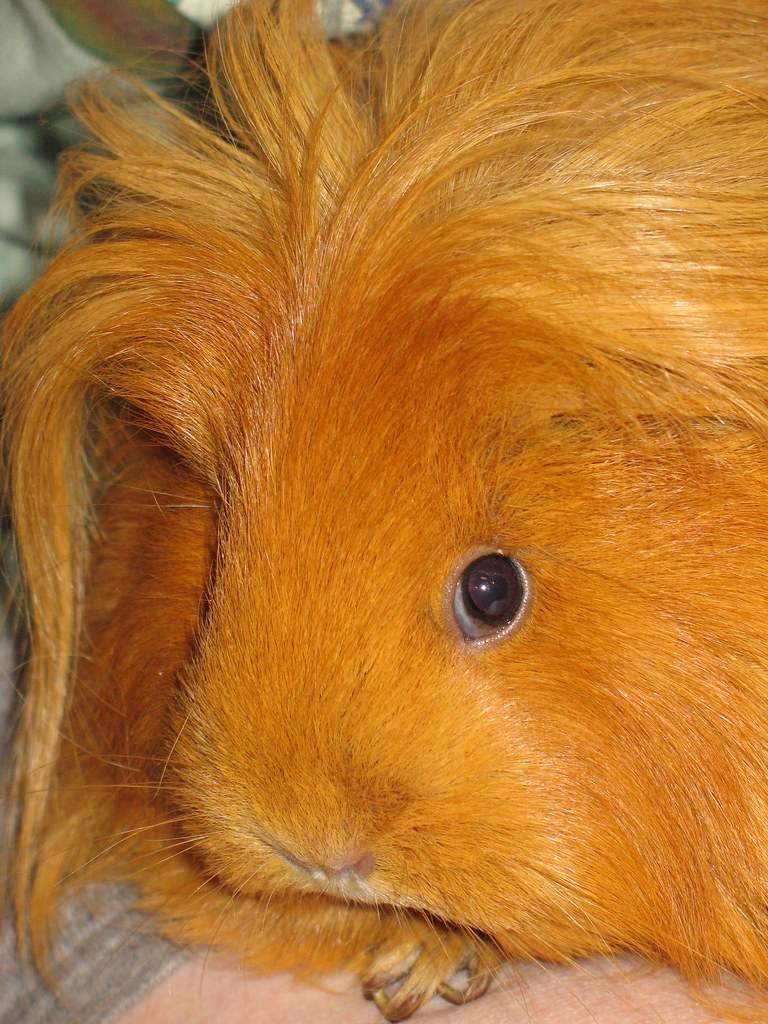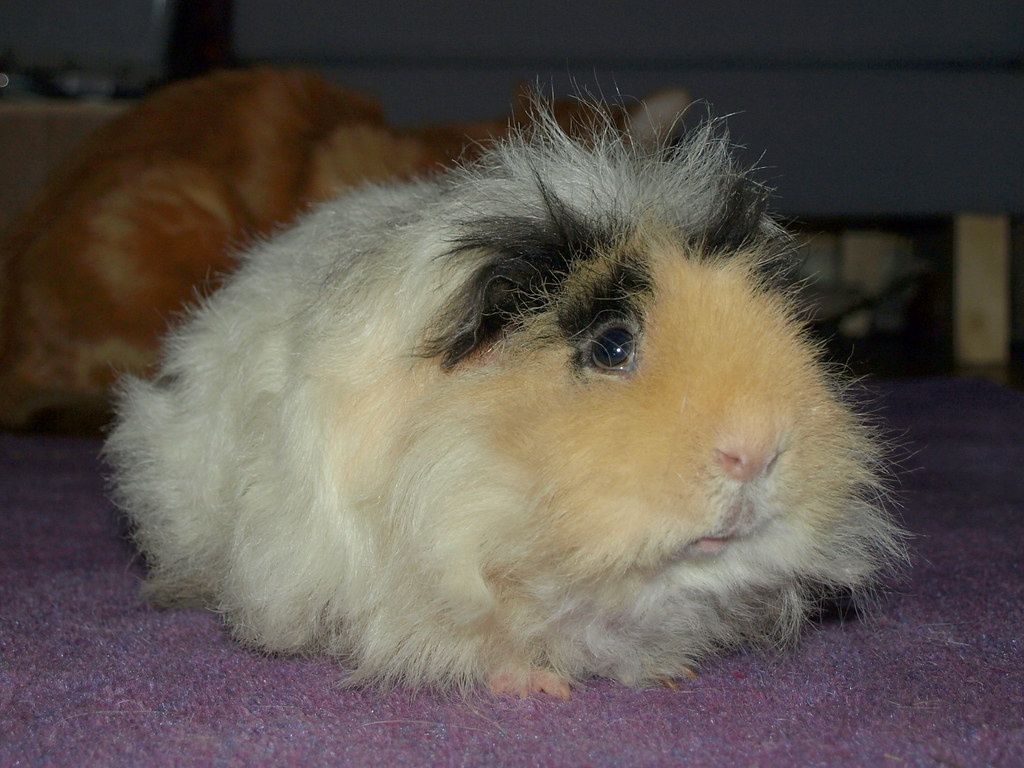Ensuring the well-being of your furry companion involves various aspects of care, and one crucial yet often overlooked task is trimming a guinea pig’s nails. In this guide, we’ll explore the essential steps on how to cut a guinea pig’s nails effectively, keeping your little friend comfortable and healthy. Are your guinea pig’s nails getting too long, or are you a new pet parent unsure about the process? Fear not! We’re here to demystify this seemingly daunting task and provide you with valuable insights and practical tips.
Understanding the Importance

Why is Nail Maintenance Necessary?
Guinea pigs, like many other pets, need regular nail trimming to prevent potential health issues. Overgrown nails can lead to discomfort, difficulty moving, and even pose a risk of injury. As responsible pet owners, it’s our duty to ensure their overall well-being.
Getting Started: The Right Tools
Essential Tools for Nail Trimming
Before diving into the process, gather the necessary tools. A pair of small, animal-friendly nail clippers and a styptic powder or cornstarch are vital. These tools will help you execute the task efficiently while minimizing stress for both you and your guinea pig.
Step-by-Step Guide: A Stress-Free Approach
1. Create a Comfortable Environment
Begin by choosing a quiet, well-lit space to trim your guinea pig’s nails. Ensuring a calm atmosphere will make the process more comfortable for your pet.
2. Gentle Handling and Positive Reinforcement
Approach your guinea pig with gentle handling and positive reinforcement. Offering treats and soothing words will help build trust and ease any anxiety.
3. Identifying the Quick
Understanding the anatomy of the nail is crucial. Locate the quick, the pinkish area within the nail, and be cautious not to cut into it, as it can cause bleeding and pain.
4. The Art of Precision
With the right tools and a steady hand, carefully trim the tip of each nail. Aim for a smooth, clean cut without any splintering.
5. Addressing Concerns and Seeking Professional Help
If you encounter difficulties or are uncomfortable with the process, don’t hesitate to seek assistance from a veterinarian or professional groomer.
Conclusion
Congratulations! You’ve successfully learned how to cut a guinea pig’s nails with care and precision. Remember, practice makes perfect, and the more you engage in this routine, the more confident you’ll become in maintaining your guinea pig’s nail health.
FAQs
Q1: How often should I trim my guinea pig’s nails?
Regular nail trims are typically needed every 4-6 weeks. However, individual guinea pigs may require more frequent attention based on their activity level and environment.
Answer: Monitor your guinea pig’s nails regularly, and if they appear overgrown, it’s time for a trim.
Q2: Can I use regular human nail clippers?
While it’s possible to use human nail clippers, it’s advisable to use clippers specifically designed for small animals. These are designed to minimize the risk of splintering and ensure a smoother cut.
Answer: Invest in proper guinea pig nail clippers for the best results and the safety of your pet.
Q3: My guinea pig is resistant to nail trimming. What should I do?
Gaining your guinea pig’s trust is crucial. Gradually introduce them to the process, using positive reinforcement and treats. If challenges persist, consult a veterinarian or professional groomer for assistance.
Answer: Patience and positive reinforcement go a long way. Seek professional help if needed.
Q4: What if I accidentally cut the quick?
If you accidentally cut into the quick and there’s bleeding, apply styptic powder or cornstarch to stop it. Monitor your guinea pig closely, and if bleeding persists, consult a vet.
Answer: Accidents happen. Be prepared with styptic powder and seek professional advice if necessary.
Q5: Are there alternatives to trimming for maintaining nail length?
Providing your guinea pig with a rough surface, like a brick or pumice stone, in their enclosure can help naturally wear down their nails. However, regular monitoring and potential trimming may still be required.
Answer: While alternatives exist, regular monitoring and care are essential for optimal nail health.

